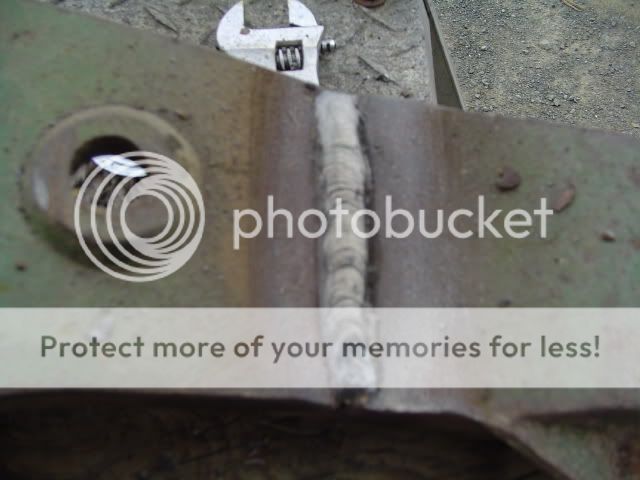Well, giving it some thought, piece was broke anyway, this has to be cast steel, was gray inside the break and I observed the sparks, distinct pattern and color.
Beveled the edges, also wire wheeled beyond that, then set the piece on the bench, tacked, it did not twist or distort, then I carefully did multiple passes, the root pass went in nice.
Back together, and on the 3150, 2 10-15 acre fields to roll tomorrow, 35 to go. New grade 8 bolts, tack welded the nuts, won't happen again, one bearing was a little beat up, though, it did not harm the axle, cleaned it up and re-greased, some of the roller bearings were rusted and seized too, hard to believe it did not fail or make noise, been like that awhile, but should make it the last 40 acres, then replace em all.



Beveled the edges, also wire wheeled beyond that, then set the piece on the bench, tacked, it did not twist or distort, then I carefully did multiple passes, the root pass went in nice.
Back together, and on the 3150, 2 10-15 acre fields to roll tomorrow, 35 to go. New grade 8 bolts, tack welded the nuts, won't happen again, one bearing was a little beat up, though, it did not harm the axle, cleaned it up and re-greased, some of the roller bearings were rusted and seized too, hard to believe it did not fail or make noise, been like that awhile, but should make it the last 40 acres, then replace em all.




